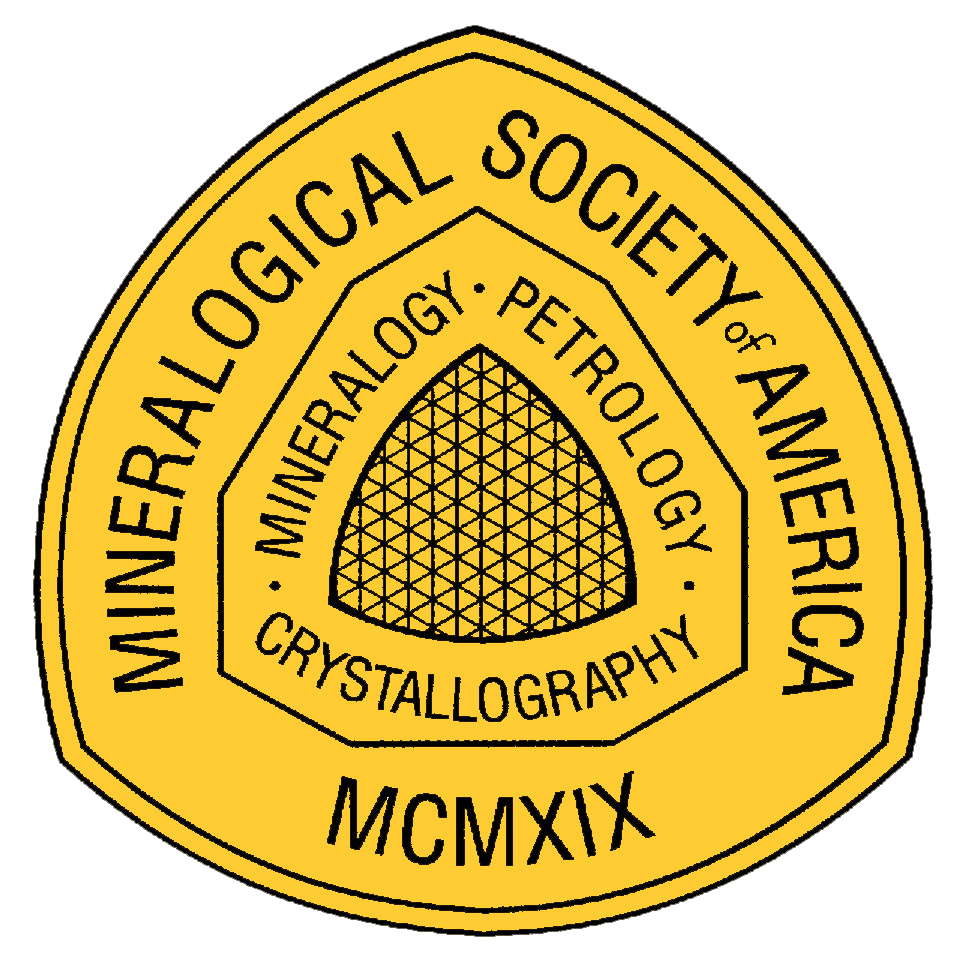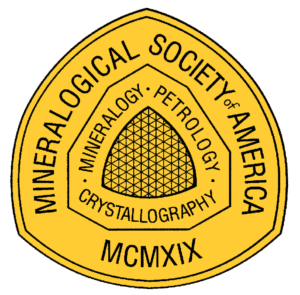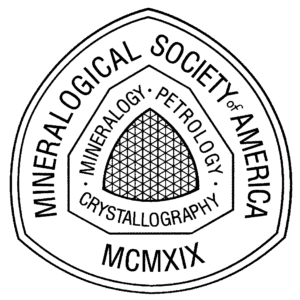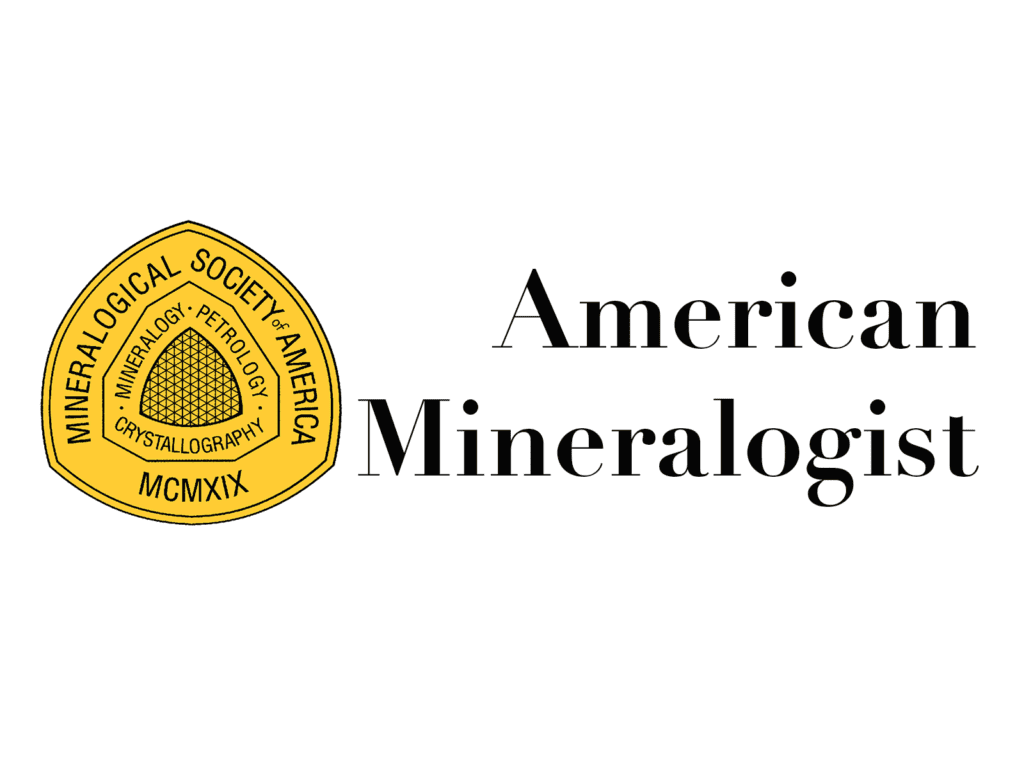We have a lot of Information for Authors. Our hope is that this welcome message will help you get started. And please note that submitting a paper (to us anyway!) is not like submitting a grant — if we find a problem we will work with you to fix it. If you decide you filled in one of the questions or options wrong, you can amend it later. We believe in teamwork — we all want the best science possible.
If you have questions not easily answered by the website, contact information is at the bottom of this page. Note that the editorial office is who to contact for help with submission system, to understand options such as “page charges” or “open access” (not the same thing), even questions of style, can we waive the request to have figures at the end of the paper instead of interspersed — those sorts of questions. If you have a question about science — is my topic desired in this journal, can my paper be waived the requirement for an Implication — those science questions should be asked to the editor (if you cannot find that information in the Scope and Mission). The scope of the journal can also be determined by looking at the variety of associate editors on the masthead.
Overview of everything: Author Infographic
New Easy-to-Use Author Submission: Submission Infographic
Do we have regular papers, Reviews, special collections, Letters for fast-track publication? Yes we do! More information at this link: Scope and Mission
Are you wondering about Open Access? Wondering about page charges, color charges, author benefits for MSA members? Find that here: Financial Info and Open Access
Preparing Your Paper: Every journal has a particular style for nomenclature, units, page size, fonts, affiliations, abstracts, captions, and everything you can think of. Do your best, but please know that we want you to concentrate on the Science — the logic, flow, and meaning of your paper — more than the details. Detailed info can be found on this page.
Note that Regular and Letter papers must have an Implications section per the Editor’s request.
Note that CIFs have special requirements (if you don’t know what a crystallographic information file is — then likely this doesn’t apply to you). CIF info
Note that it truly helps the reviewers and editors to have each figure labeled somewhere below or above, for example here, Figures
Note that using consistent abbreviations, nomenclature, mineral names and so on is important to convey sense easily to all readers. Whitney and Evans is a good key to mineral names. Reference Examples
Submit your paper to our online submission site. Instructions and FAQs will be the first thing you see after you create an account and log in. There are 4 main Tabs, and a “next” button takes you step-by-step through the screens.
- Once you create an account, you will always have it and can submit more papers, and your name appears in the database of potential reviewers as well.
- Know your co-authors! Have everyone’s email and contact info ready to go — but also note — there’s a find-a-person search option, if they are already in the system, you can find them and ask the fields to auto-fill. Just be sure the email address is still correct because they change frequently.
- Top Ten Tips for Submission: Top Eleven Tips
New Submission Checklist (PDF)
Revised Paper Checklist (PDF) for revisions only
If you need a human, email us at peer_review@minsocam.org and masthead info is here: List of Editors and AE’s. Noted Papers and all other interesting info is here: AmMineral




